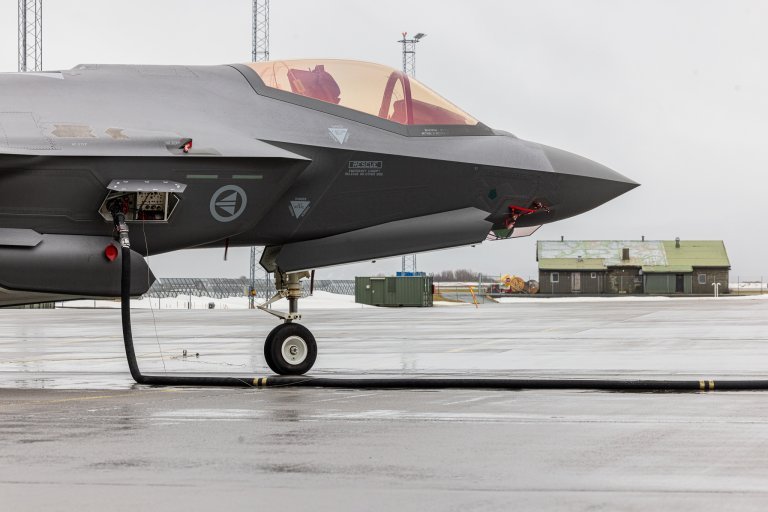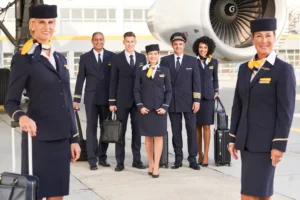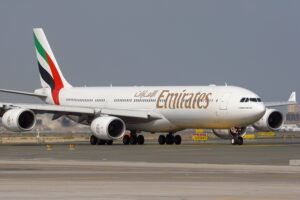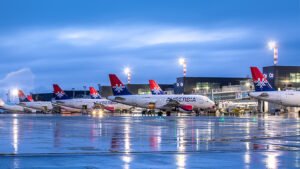Picture credits: Forsvaret
Brekstad: Norway has completed its first test of the F-35 fighter jet using Sustainable Aviation Fuel (SAF), marking a significant advancement in integrating alternative fuels into military aviation. The test took place on January 14th at Ørland Air Station and demonstrated the aircraft’s capability to operate effectively with fuel blends containing up to 50% SAF.
Sustainable Aviation Fuel (SAF)
SAF is derived from renewable sources such as waste oils, agricultural byproducts, and forestry residues, as well as through synthetic processes involving carbon capture. It offers a lower environmental footprint compared to conventional jet fuel and avoids competition with food crops or contributing to deforestation. Some synthetic aviation turbine fuels may also include non-renewable inputs, such as natural gas or coal.
Context and Previous Developments
The adoption of SAF aligns with broader international efforts to reduce emissions in aviation and military sectors. Similar initiatives have been undertaken in other countries:
In 2022, a UK Royal Air Force Voyager transport aircraft completed a 90-minute flight powered entirely by SAF derived from cooking oil.
The US and UK tested drones powered by synthetic fuels made from food waste and bacteria during the same year.
Norway’s Greener Initiatives
The Norwegian Air Force has launched a program called “Greener and Meaner,” focusing on reducing the environmental impact of its operations. Efforts include installing solar panels, developing local electricity storage, and building regional food supply networks. The integration of SAF is part of these broader sustainability measures.
Commander of the 132 Air Wing, Colonel Ole Marius Tørrisplass, commented on the potential of SAF to reduce environmental impact while maintaining operational readiness. “Although SAF production is currently limited and costly, its adoption by large consumers like Norway can stimulate increased production,” he stated.
Strategic Implications
The use of SAF offers operational benefits, including reduced reliance on traditional fuel supply chains. Lockheed Martin, the manufacturer of the F-35, stated that this development represents progress toward lowering emissions while preserving mission readiness.
Performance Testing
Brigadier Martin Tesli, an experienced F-35 pilot, confirmed that SAF performs effectively in the aircraft without impacting its range or operational performance. The successful test supports further exploration of SAF in military aviation.
Collaboration and Leadership
The SAF test was observed by Norwegian Defense Minister Bjørn Arild Gram and Climate Minister Andreas Bjelland Eriksen. Minister Gram highlighted the alignment of SAF adoption with Norway’s defense strategies to enhance preparedness and reduce dependency on extended supply chains. Minister Eriksen emphasized the role of such technologies in advancing sustainable aviation.
Norway’s Role in the F-35 Program
As a key participant in the F-35 program, Norway continues to contribute to the development of the aircraft and its operational strategies. Major General Øivind Gunnerud, Chief of the Air Force, stated, “The integration of SAF into the F-35 system reflects Norway’s commitment to combining operational efficiency with environmental considerations.”
Stay tuned to Aviation Today for the latest in aviation.



















